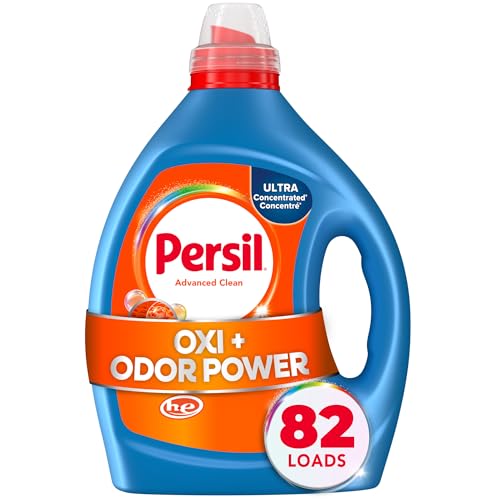




Hot wash temperatures are an important aspect of everyday life in the UK. Whether you’re doing laundry, washing dishes, or taking a shower, having a good understanding of hot wash temperatures can make a big difference in how effectively you clean and how comfortable you feel. In this comprehensive guide, we will explore everything you need to know about hot wash temperatures in the UK.
First and foremost, it’s important to understand the different temperature ranges that are commonly used for hot washes. In the UK, hot wash temperatures typically range from 30 to 60 degrees Celsius (86 to 140 degrees Fahrenheit). These temperatures can vary depending on the specific appliance or activity, but this range is a good general guideline to follow. It’s worth noting that different materials and fabrics may have specific temperature requirements, so always refer to the manufacturer’s instructions when in doubt.
Hot wash temperatures are particularly important when it comes to laundry. Using the right temperature can help to remove stubborn stains, kill bacteria, and effectively clean your clothes. For heavily soiled items, a temperature of 60 degrees Celsius (140 degrees Fahrenheit) is recommended. This high temperature helps to break down oils and dirt, ensuring a thorough clean. However, for more delicate fabrics, a lower temperature such as 30 degrees Celsius (86 degrees Fahrenheit) may be more appropriate to avoid damage.
In addition to laundry, hot wash temperatures play a crucial role in dishwashing. The heat helps to break down grease and food particles, ensuring that your dishes come out sparkling clean and hygienic. Most modern dishwashers in the UK have a range of temperature settings, including a hot wash option. It’s recommended to use a temperature of around 50 degrees Celsius (122 degrees Fahrenheit) for optimal results. This temperature strikes a balance between effective cleaning and energy efficiency.
Overall, understanding hot wash temperatures in the UK is essential for effective cleaning and hygiene in various household tasks. From laundry to dishwashing, using the correct temperature can make a significant difference in the results you achieve. By following the temperature recommendations and guidelines provided in this comprehensive guide, you can ensure that your hot washes are both effective and efficient.
Understanding hot wash temperatures in the UK: A comprehensive guide

Introduction
In the UK, hot wash temperatures are an important aspect of maintaining proper hygiene and cleanliness in various settings such as homes, hospitals, restaurants, and more. Understanding the different hot wash temperatures and their applications is crucial in ensuring effective cleaning and preventing the spread of germs and bacteria.
Common hot wash temperatures
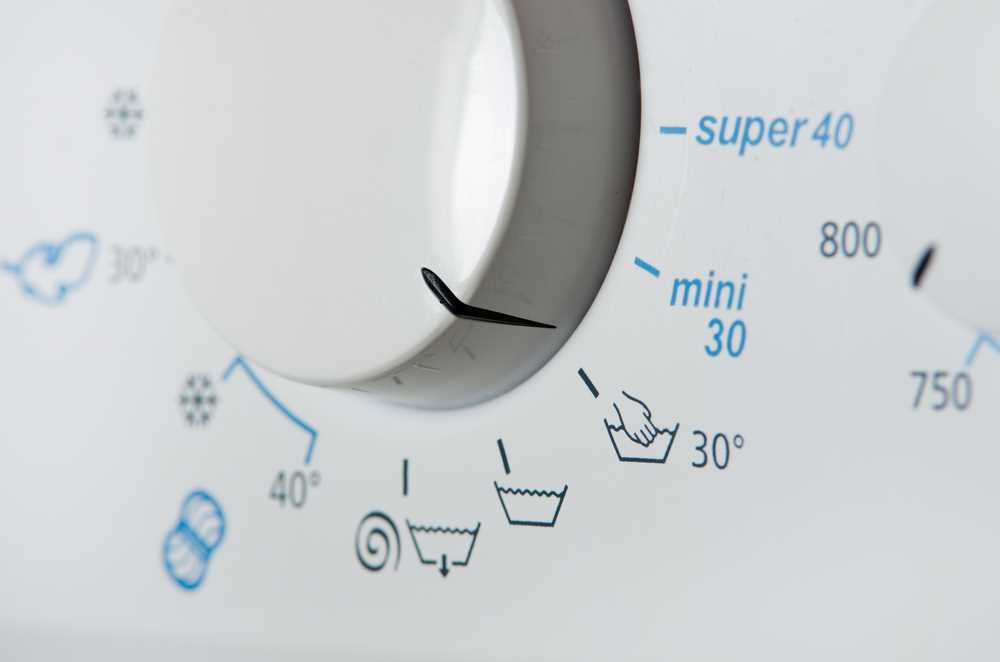
- 30°C – 40°C: This temperature range is considered warm and is commonly used for delicate fabrics and sensitive items that require a gentle wash. It is also suitable for lightly soiled clothing and everyday items.
- 40°C – 60°C: This temperature range is considered the standard for most everyday laundry loads. It is effective in removing stains, eliminating most bacteria, and providing a thorough clean. It is suitable for heavily soiled clothing, bedding, towels, and general household items.
- 60°C – 90°C: This temperature range is classified as hot and is recommended for items that need a deeper clean or have been exposed to germs, viruses, or bodily fluids. It is commonly used for heavily soiled workwear, bed linens, baby items, and certain healthcare and food service related items.
Importance of hot wash temperatures
Using hot wash temperatures effectively helps to remove dirt, stains, and microorganisms from items. The heat helps to break down oils, fats, and proteins present in stains and kill bacteria and viruses. This is especially important in settings where hygiene is critical, such as healthcare facilities and food establishments.
Factors to consider
- Fabric type: Different fabrics require different washing temperatures. Always refer to the care label instructions on clothing or other items to ensure you use the appropriate temperature.
- Soil level: Heavily soiled items or those contaminated with bodily fluids may require higher hot wash temperatures to effectively remove stains and kill bacteria.
- Energy efficiency: Higher temperatures consume more energy. Consider using lower temperatures for lightly soiled items to save energy and reduce utility costs.
- Cleaning products: Some detergents and laundry additives are designed to work optimally at specific temperatures. Follow the manufacturer’s instructions for best results.
Conclusion
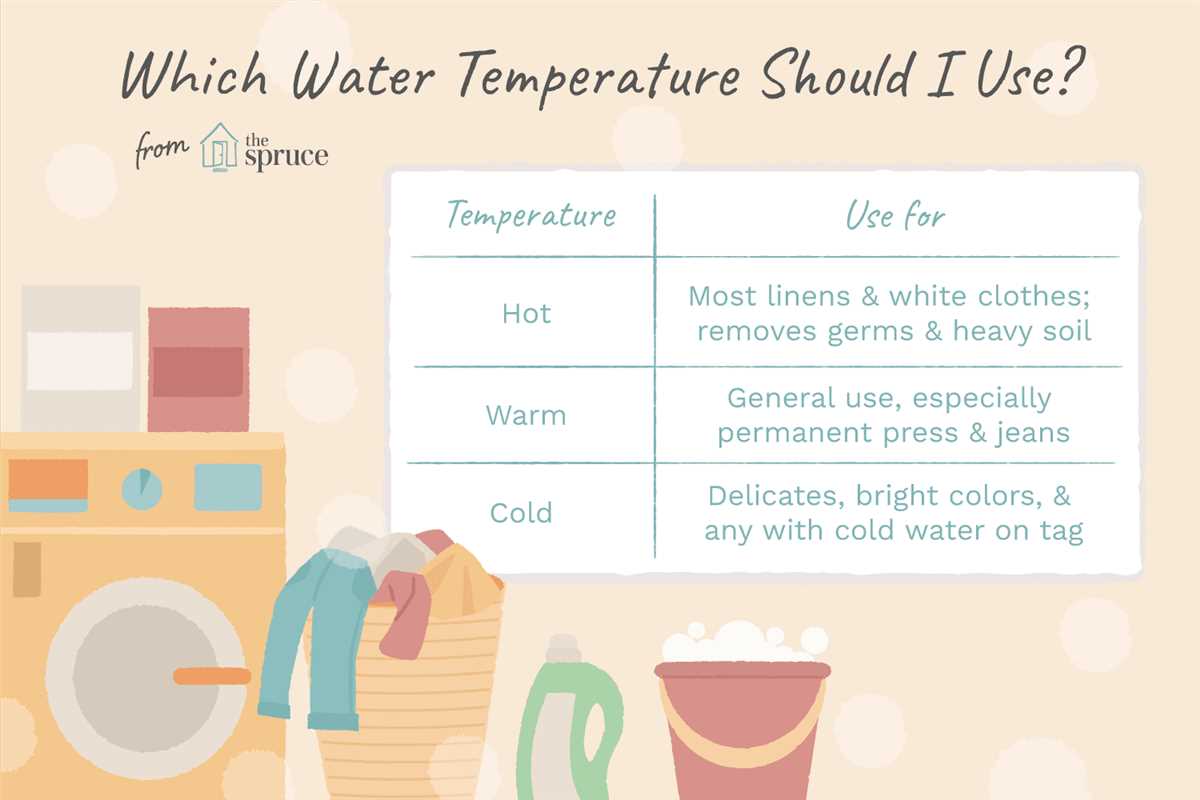
Understanding hot wash temperatures is essential for maintaining cleanliness and hygiene in a variety of settings. By using appropriate temperatures based on fabric type, soil level, and item usage, you can ensure effective cleaning and reduce the risk of spreading germs and bacteria.
Hot wash temperature requirements
Hot wash temperatures are important for ensuring that laundry is effectively cleaned and sanitized. In the UK, hot wash temperatures are regulated and there are specific requirements that need to be met.
- Domestic washing machines: Domestic washing machines must be capable of achieving a minimum temperature of 60°C for a hot wash. This temperature is necessary to effectively kill bacteria and remove stains.
- Commercial laundry facilities: Commercial laundry facilities are subject to more stringent regulations. They must have industrial washing machines that can reach temperatures of at least 71°C for a hot wash. This higher temperature requirement is necessary for ensuring the sanitization of laundry items in commercial settings.
It is important to note that not all fabrics and materials can withstand high hot wash temperatures. Care labels on clothing items often provide instructions on the maximum temperature that can be used for washing. It is essential to follow these instructions to prevent damage to delicate fabrics.
In addition to temperature requirements, it is also important to properly select the detergent and bleach for hot wash cycles. Using the appropriate cleaning agents can enhance the effectiveness of the hot wash and ensure optimal results.
By adhering to hot wash temperature requirements and using the correct cleaning agents, you can ensure that laundry is thoroughly cleaned and sanitized, meeting the necessary standards for hygiene and cleanliness.
Factors affecting hot wash temperatures
Several factors can affect the temperatures of hot washes in the UK. These factors include:
- Water source: The temperature of the water source used for hot washes can vary depending on the region. Some areas may have colder water sources, resulting in lower hot wash temperatures.
- Water heater type: The type of water heater used can determine the maximum temperature of the hot wash. Different types of water heaters, such as tankless or storage tank heaters, may have different temperature limits.
- Water heater settings: The temperature settings on the water heater can also affect hot wash temperatures. If the water heater is set to a lower temperature, the maximum hot wash temperature will be lower.
- Water pressure: Higher water pressure can help maintain hot water temperatures during a hot wash. Low water pressure may result in a lower hot wash temperature.
- Insulation: The level of insulation on the hot water system and pipes can impact hot wash temperatures. Poor insulation can lead to heat loss and lower hot wash temperatures.
- Type of washing machine: Different types of washing machines may have varying hot wash temperature capabilities. Some machines may have built-in heating elements, allowing them to heat water to higher temperatures.
It is important to consider these factors when determining the hot wash temperature needed for specific cleaning tasks. Understanding these factors can help ensure that the hot wash temperature is appropriate for effective cleaning without wasting energy.
Benefits of using hot wash temperatures
Using hot wash temperatures in your laundry routine can provide several benefits:
- Kills bacteria and germs: Hot water can effectively kill bacteria, germs, and pathogens that may be present on your clothes, ensuring a thorough clean and reducing the risk of illness or infections.
- Removes tough stains: Hot water helps to loosen and dissolve tough stains, making it easier for detergents to break them down and remove them from your clothes. This can be particularly useful for stains like grease or oil.
- Eradicates allergens: Hot wash temperatures can help eliminate common allergens such as dust mites and pollen from your clothes, making them safer for individuals with allergies or sensitivities.
- Improves fabric penetration: The heat from hot water can help open up the fibers of your clothes, allowing detergents to penetrate more deeply and effectively remove dirt, oils, and other contaminants.
- Overall cleaner results: Using hot wash temperatures can provide a higher level of cleanliness compared to cold or warm water washes. This can give you peace of mind knowing that your clothes are thoroughly cleaned and fresh.
- Enhanced sanitation: Hot water is known to have sanitizing properties, which can help prevent the spread of bacteria and viruses that may be present on your clothes, especially during times when maintaining hygiene is crucial, such as during a pandemic.
In addition to these benefits, it is important to note that not all fabrics are suitable for hot wash temperatures. Some delicate fabrics may shrink, fade, or become damaged when exposed to high heat. Always check the care labels on your garments to ensure they can withstand hot water before adjusting the temperature settings on your washing machine.
Safety considerations when using hot wash temperatures
When using hot wash temperatures, it is important to prioritize safety to prevent accidents and injuries. Here are some key safety considerations to keep in mind:
-
Wear appropriate protective clothing: When working with hot water, it is important to wear protective clothing such as gloves, safety glasses, and heat-resistant clothing. This will help protect your skin and eyes from potential burns or scalds.
-
Ensure proper ventilation: Hot wash temperatures can generate steam, which may cause a build-up of humidity in the area. It is important to ensure proper ventilation in the room to prevent discomfort and reduce the risk of breathing difficulties.
-
Use caution when handling hot water: Hot water can cause severe burns, so it is important to exercise caution when handling it. Always use appropriate tools and equipment to avoid direct contact with hot water, and be mindful of the potential for spills or splashes.
-
Follow manufacturer’s instructions: Different equipment and machines may have specific guidelines for operating at hot wash temperatures. Always read and follow the manufacturer’s instructions to ensure safe and proper usage.
-
Keep children and pets away: Hot water poses a significant danger to children and pets. Make sure to keep them away from the area where hot wash temperatures are being used to prevent accidents or injuries.
-
Implement proper training: It is important to provide proper training to individuals involved in using hot wash temperatures. This training should include safety procedures, proper handling techniques, and emergency protocols.
-
Regular maintenance and inspections: To ensure continued safety, it is important to conduct regular maintenance and inspections on equipment and machines that use hot wash temperatures. This will help identify any potential safety hazards and allow for timely repairs or replacements.
By following these safety considerations, you can minimize the risk of accidents and injuries when using hot wash temperatures.
Tips for optimizing hot wash temperatures
Optimizing hot wash temperatures is essential for achieving effective cleaning and maintaining the longevity of your appliances. Here are some tips to help you optimize hot wash temperatures:
1. Follow manufacturer’s recommendations
Always refer to the manufacturer’s guidelines for recommended hot wash temperatures. Different appliances and fabrics may require specific temperature settings for optimal cleaning.
2. Sort laundry by temperature
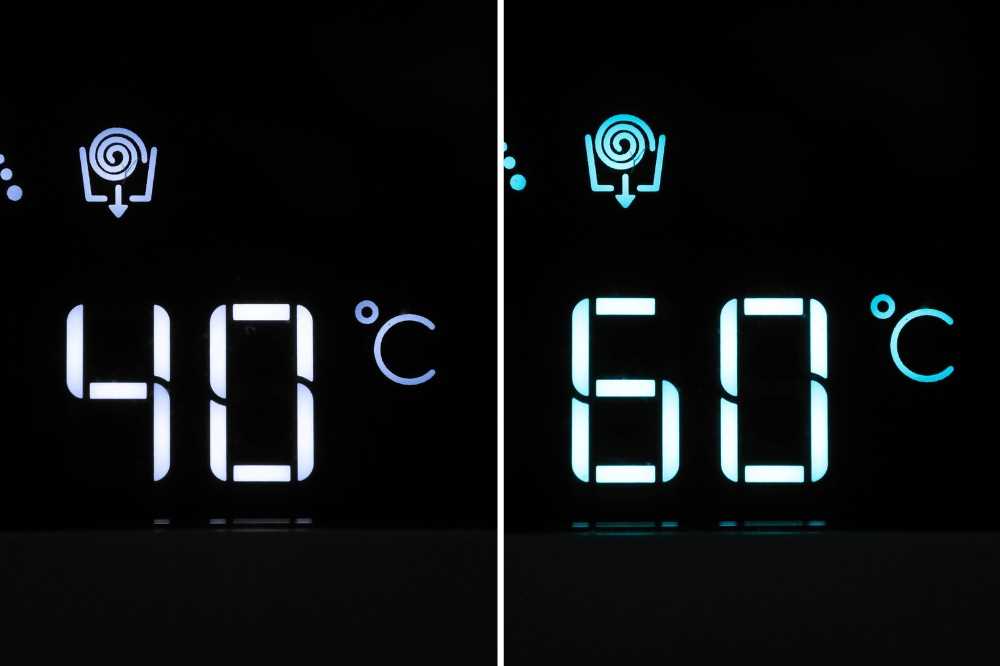
Prioritize sorting your laundry by temperature to avoid wasting energy and compromising cleaning effectiveness. Group similar fabrics and colors together that require the same hot wash temperature.
3. Pre-treat stains
For stubborn stains, pre-treat them before washing to enhance the cleaning process. This can help reduce the need for higher hot wash temperatures and minimize the risk of fabric damage.
4. Use the correct detergent
Choosing the right detergent for your laundry is crucial for optimizing hot wash temperatures. Some detergents are specifically designed for lower temperature washes, while others require higher temperatures to activate their cleaning properties. Use a detergent that matches your desired hot wash temperature.
5. Consider water hardness
Hard water can impact the effectiveness of your hot washes. If you live in an area with hard water, consider using water softeners or additives to improve detergent performance and optimize hot wash temperatures.
6. Regular cleaning and maintenance
Regularly clean and maintain your appliances to ensure optimal performance. Over time, mineral deposits, residue, and debris can build up, affecting hot wash temperatures and overall cleaning efficiency. Follow the manufacturer’s recommendations for cleaning your appliances.
7. Energy-saving modes
Take advantage of energy-saving modes on your appliances when appropriate. These settings are designed to optimize hot wash temperatures and reduce energy consumption without compromising cleaning effectiveness.
8. Experiment with lower temperatures
Consider experimenting with lower hot wash temperatures to see if they are effective for your laundry. Many modern appliances and detergents are designed to work efficiently at lower temperatures, which can save energy and extend the lifespan of your clothes.
9. Monitor and adjust
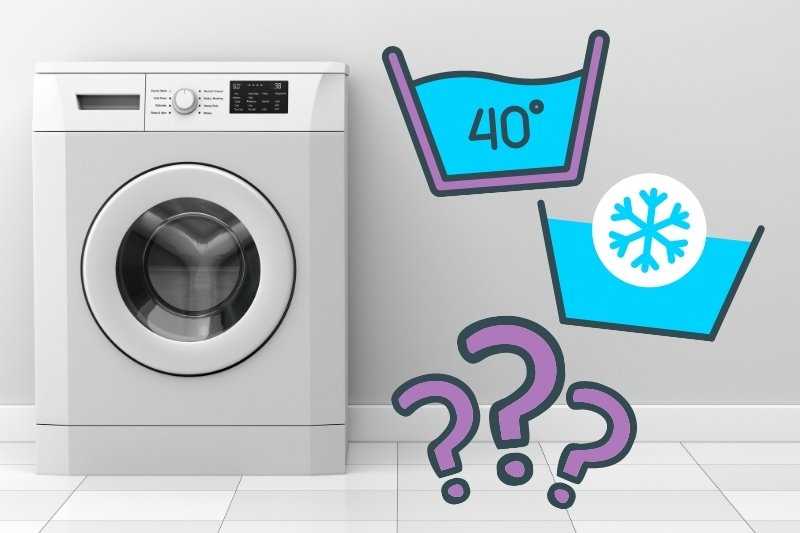
Monitor the performance of your hot washes and adjust the temperature settings as needed. Keep an eye out for any changes in cleaning effectiveness or signs of fabric damage to ensure you are optimizing hot wash temperatures correctly.
10. Seek professional advice if needed

If you are unsure about optimizing hot wash temperatures or have specific concerns, it is advisable to seek professional advice from appliance manufacturers or a trusted cleaning expert.
FAQ
What is a hot wash temperature?
A hot wash temperature refers to the temperature at which the water is heated during a washing cycle. It is typically higher than the cold wash temperature and helps to kill bacteria and remove tough stains from clothes.
What is the optimum hot wash temperature in the UK?
In the UK, the optimum hot wash temperature is usually around 60 degrees Celsius. This temperature is effective in killing bacteria and removing stains without causing damage to most fabrics. However, it is always important to check the care label instructions on your clothes before selecting a hot wash temperature.
Can hot wash temperatures damage clothes?
Yes, hot wash temperatures can potentially damage certain types of fabrics. Some delicate fabrics, such as silk or wool, may shrink or become misshapen when exposed to high temperatures. It is always recommended to check the care label instructions on your clothes before using a hot wash temperature.
What are the benefits of using hot wash temperatures?
Using hot wash temperatures has several benefits. It helps to kill bacteria and remove tough stains more effectively than cold wash temperatures. Hot water also helps to thoroughly dissolve detergent, resulting in cleaner clothes. Additionally, hot washes can be useful for sanitizing items such as towels and bed linens, promoting better hygiene.
Are there any alternatives to hot wash temperatures for killing bacteria?
Yes, there are alternatives to hot wash temperatures for killing bacteria. One option is to use a disinfectant laundry additive that can be added to the wash cycle. These additives contain antibacterial agents that can effectively kill bacteria even at lower temperatures. Another option is to use a steam setting on your washing machine, as steam can also help to kill bacteria.
What is a hot wash temperature?
A hot wash temperature refers to the temperature at which water is heated in a washing machine during the wash cycle. It is usually higher than the normal tap water temperature.














